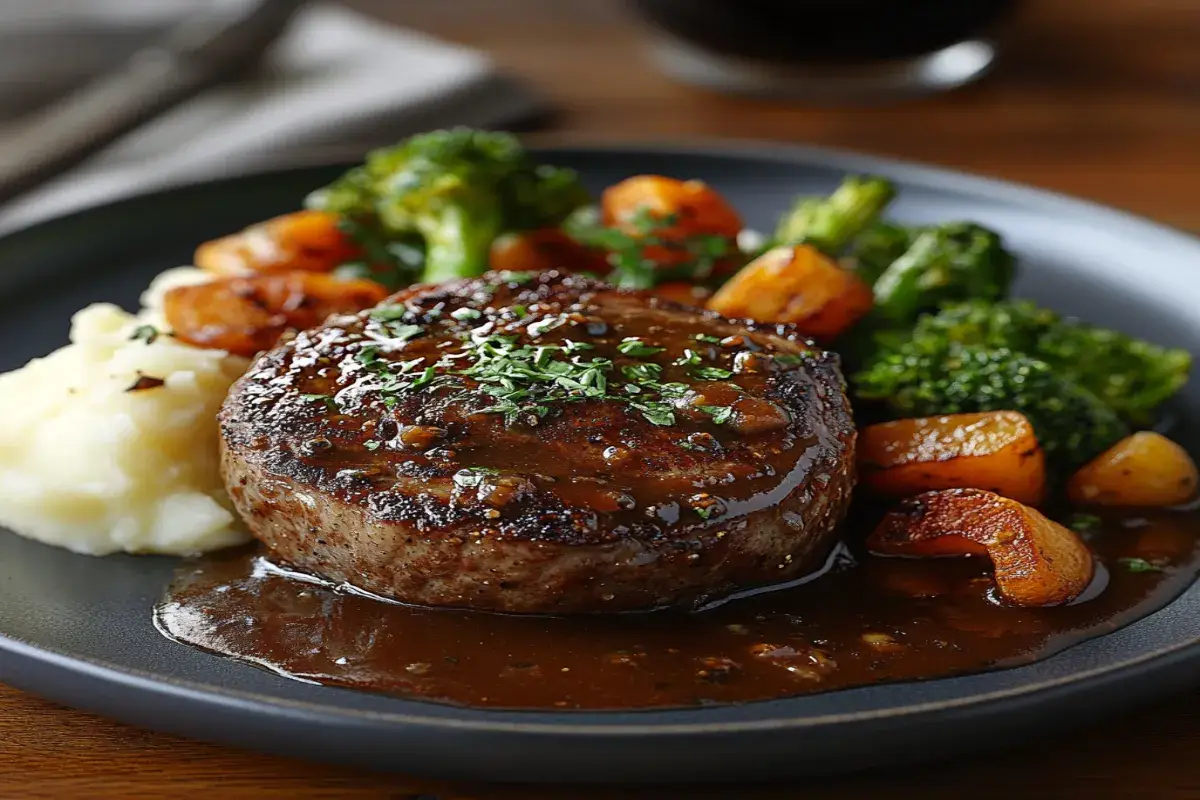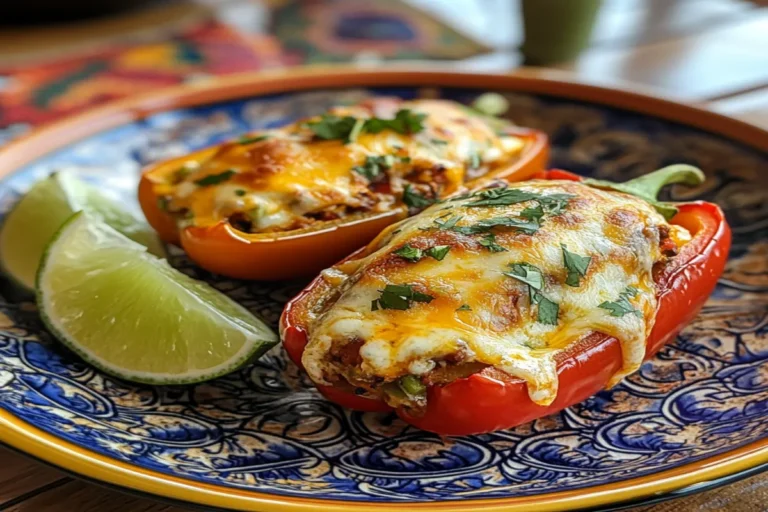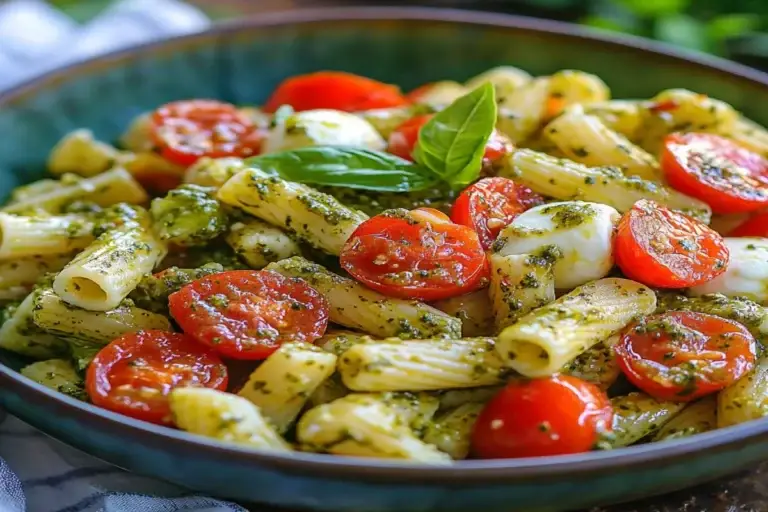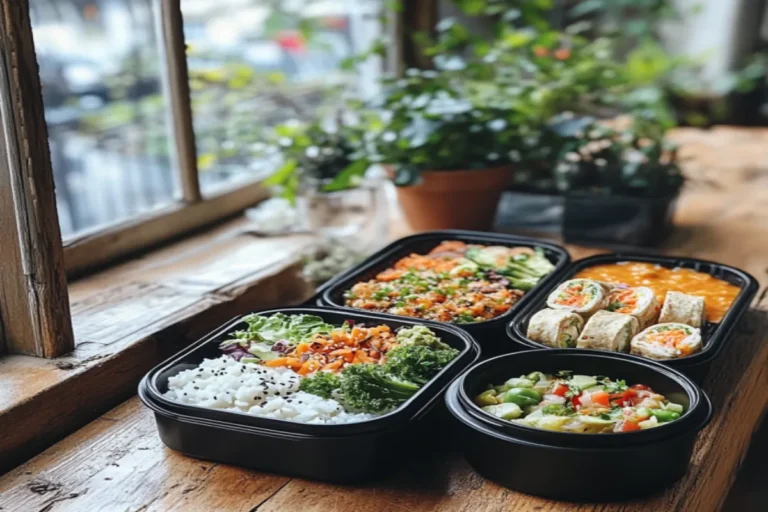The Ultimate Guide to Cooking Perfect Beef Round Steak
Table of Contents
Many home cooks shy away from beef round steak, intimidated by its reputation for being tough and challenging to cook. However, this affordable cut from the cow’s rear leg possesses hidden potential that, when unlocked through proper techniques, delivers surprisingly tender and delicious results. Understanding the unique characteristics of round steak and applying the right cooking methods can transform this budget-friendly option into a meal that rivals more expensive cuts.
The secret to success with beef round steak lies in respecting its lean composition and working with, rather than against, its natural properties. When cooked improperly, round steak becomes chewy and disappointing. But when prepared with knowledge and care, it rewards you with rich flavor, excellent nutrition, and significant savings on your grocery bill.
This comprehensive guide will equip you with everything needed to master beef round steak cookery. We’ll explore various cooking methods tailored to different cuts within the round family, share essential techniques for maximizing tenderness, and provide serving suggestions that complement this versatile protein. Whether you’re feeding a family on a budget or simply want to expand your culinary skills, mastering round steak opens doors to countless delicious possibilities.
Decoding the Anatomy of Beef Round Steak

The round primal cut encompasses several distinct sections, each requiring slightly different approaches for optimal results. Understanding these differences helps you select the right piece for your intended cooking method and ensures better outcomes in the kitchen.
Top round steak, sometimes called inside round, represents the most tender option within the round family. This cut features a relatively fine grain structure and uniform thickness, making it excellent for quick-cooking methods like grilling or pan-searing when sliced thin. Its consistent texture responds well to marinades and benefits from being cut against the grain after cooking.
Bottom round steak, also known as outside round, contains more connective tissue and muscle fibers, which initially makes it tougher than top round. However, this same connective tissue transforms into rich, flavorful gelatin when subjected to slow, moist cooking methods. Bottom round excels in braising, slow cooking, and other low-and-slow preparations that allow time for proper breakdown of tough fibers.
Eye of round presents the leanest option, shaped like a small tenderloin but lacking the tenderness of that premium cut. Its cylindrical shape and minimal fat content make it prone to drying out, so it requires careful temperature monitoring and benefits greatly from marinating and proper resting techniques.
The flavor profile of round steak tends toward mild and clean, without the pronounced beefiness of well-marbled cuts. This characteristic actually works in your favor, as the subtle taste provides an excellent foundation for bold seasonings, marinades, and sauces. The lean composition delivers impressive nutritional benefits, offering approximately 26 grams of high-quality protein per serving with only 9 grams of fat, making it ideal for health-conscious meal planning.
Essential Preparation Strategies for Success
Selecting quality round steak begins at the butcher counter or meat department. Look for pieces with bright red color and firm texture, avoiding any cuts with excessive moisture, dark spots, or off-odors. The thickness should align with your cooking plans – thicker cuts work better for slow cooking methods, while thinner pieces excel in quick-searing applications.
Marinating becomes crucial when working with round steak, serving the dual purpose of flavor enhancement and tenderization. Acidic components like wine, vinegar, or citrus juice help break down tough muscle fibers, while oils carry flavors deep into the meat. Effective marinades combine acid, fat, and aromatics in balanced proportions. Plan for minimum marinating times of two hours, though overnight soaking produces superior results, especially for tougher cuts like bottom round.
Physical tenderizing techniques can dramatically improve texture when applied correctly. Using a meat mallet to pound the steak creates uniform thickness while breaking up muscle fibers mechanically. Focus on consistent, light strikes rather than heavy pounding that can create a mushy texture. Scoring involves making shallow cuts against the grain pattern, particularly effective for thicker pieces that won’t be sliced before serving.
Seasoning round steak requires a generous hand and proper timing. Salt should be applied at least 30 minutes before cooking to allow proper penetration and moisture redistribution. Complement the beef’s mild character with robust herbs like rosemary, thyme, or oregano, along with aromatics such as garlic, onion powder, and smoked paprika. Black pepper, cumin, and dried mushroom powder add depth without overwhelming the natural meat flavors.
Mastering Four Essential Cooking Methods
Grilling: High Heat for Bold Flavors
Grilling round steak demands attention to timing and temperature control. Begin by preheating your grill to medium-high heat and cleaning the grates thoroughly before oiling them to prevent sticking. Remove the marinated steak from refrigeration 30 minutes before cooking to ensure even temperature distribution.
For optimal results, grill top round steaks that are 3/4 to 1 inch thick for approximately 4-5 minutes per side for medium-rare doneness, adjusting time based on thickness and heat intensity. Bottom round requires slightly longer cooking or pre-tenderizing for best results on the grill. Always use a reliable meat thermometer, targeting internal temperatures of 130°F for medium-rare or 140°F for medium doneness.
The resting phase proves critical for grilled round steak. Tent the cooked meat loosely with foil and allow it to rest for 5-10 minutes, enabling juices to redistribute throughout the muscle fibers. This simple step prevents moisture loss when slicing and significantly improves the final texture.
Pan-Searing: Precision and Control
Pan-searing offers excellent control over the cooking process while developing beautiful caramelization. A heavy-bottomed skillet or well-seasoned cast iron pan provides the even heat distribution necessary for proper searing. Heat the pan until it begins to smoke lightly, then add a small amount of high-heat oil like avocado or grapeseed oil.
Place the seasoned steak in the hot pan and resist the urge to move it for 3-4 minutes, allowing a proper crust to develop. Flip once and sear the opposite side, then reduce heat to medium-low. During the final minutes of cooking, add butter, smashed garlic cloves, and fresh herbs like thyme or rosemary, basting the steak with the aromatic mixture using a spoon.
For thicker cuts, consider finishing in a 400°F oven after initial searing to ensure even cooking throughout without overcooking the exterior. This reverse-sear technique works particularly well for eye of round steaks.
Slow Cooking: Time Creates Tenderness
Slow cooking transforms even the toughest round steak cuts into fork-tender perfection. This method works especially well for bottom round, which contains more connective tissue that melts into rich, flavorful gelatin during extended cooking.
Layer aromatic vegetables like onions, carrots, and celery in the bottom of your slow cooker or Dutch oven. Season the steak generously and place it on top of the vegetables. Add enough liquid – beef broth, red wine, or a combination – to cover the meat halfway. The vegetables release additional moisture during cooking, creating the moist environment necessary for proper braising.
Cook on low heat for 6-8 hours in a slow cooker, or at 325°F for 2-3 hours in a covered Dutch oven. The meat is properly cooked when it shreds easily with a fork and the internal temperature reaches 200°F or higher. This extended cooking time allows complete breakdown of tough connective tissues.
Broiling: Quick and Convenient
Broiling provides speed and convenience while producing excellent results with careful attention. Position your oven rack 4-6 inches from the broiler element and preheat thoroughly for at least 10 minutes. Use a broiler pan that allows fat to drain away from the meat during cooking.
Season the steak and place it on the broiler pan, cooking for 3-4 minutes per side for thinner cuts or 5-6 minutes per side for thicker pieces. Watch carefully, as the intense heat can quickly shift from perfectly cooked to overdone. Flip the steak halfway through cooking to ensure even browning on both sides.
Achieving Perfect Tenderness Through Technique
Avoiding overcooking represents the most critical factor in maintaining tenderness with round steak. These lean cuts become progressively tougher as they cook beyond medium doneness, so precise temperature control becomes essential. Remember that meat continues cooking from residual heat even after removal from the heat source, so pull it slightly before reaching your target temperature.
Proper resting allows muscle fibers to relax and reabsorb juices that migrate toward the surface during cooking. Cover the cooked steak loosely with aluminum foil and wait 5-10 minutes before slicing. This patience pays dividends in moisture retention and improved texture.
Slicing technique can make or break your round steak experience. Always identify the direction of the muscle fibers (the grain) and cut perpendicular to these lines. Use a sharp knife and make clean, decisive cuts rather than sawing motions that can tear the meat structure. Thin slices work better than thick ones for maximizing tenderness.
Perfect Pairings and Presentation Ideas
Round steak’s robust, clean flavor pairs beautifully with a variety of side dishes and accompaniments. Classic mashed potatoes provide creamy richness that complements the lean meat, while roasted root vegetables add earthy sweetness and visual appeal. Rice pilaf or wild rice mixtures absorb any pan juices or gravies wonderfully.
Sauce selection can elevate your round steak from simple to spectacular. Rich mushroom gravy enhances slow-cooked preparations, while bright chimichurri adds freshness and acidity to grilled versions. Horseradish cream sauce provides sharp contrast that cuts through the meat’s density, and red wine reduction adds elegance to pan-seared presentations.
Wine pairing depends largely on your cooking method and seasoning choices. Full-bodied red wines like Cabernet Sauvignon, Malbec, or Syrah complement grilled or roasted preparations, while lighter Pinot Noir works well with herb-crusted versions. For slow-cooked dishes, consider the same wine used in the cooking liquid.
Troubleshooting Common Challenges
When round steak turns out tough despite following proper techniques, the most likely causes include overcooking, inadequate tenderizing, or cutting with the grain instead of against it. For future attempts, try extending marinating time, using mechanical tenderizing methods, or switching to a slower cooking method that allows more time for connective tissue breakdown.
Signs of overcooking include gray color throughout (rather than pink centers), excessive firmness when pressed, and significant moisture loss during resting. Prevent overcooking by using a reliable meat thermometer and removing the steak slightly before it reaches your target temperature.
Bland flavor often results from insufficient seasoning, inadequate marinating time, or using low-quality seasonings. Round steak’s mild nature requires bold flavors and adequate time for penetration. Don’t be afraid to season generously and allow proper marinating time for best results.
Your Journey to Round Steak Mastery
Mastering beef round steak opens up a world of economical, nutritious meal possibilities without sacrificing flavor or satisfaction. The key lies in understanding each cut’s characteristics and matching them with appropriate cooking methods and preparation techniques. With practice, you’ll develop the confidence to transform this affordable protein into restaurant-quality meals.
Start experimenting with different marinades, seasonings, and cooking methods to discover your family’s preferences. Each technique offers unique advantages, and understanding when to use each approach will make you a more versatile and successful cook.
We encourage you to share your round steak adventures, successes, and questions. Your experiences and creative adaptations help build a community of cooks who appreciate the potential of this undervalued cut. What cooking method will you try first, and how will you make it your own?







